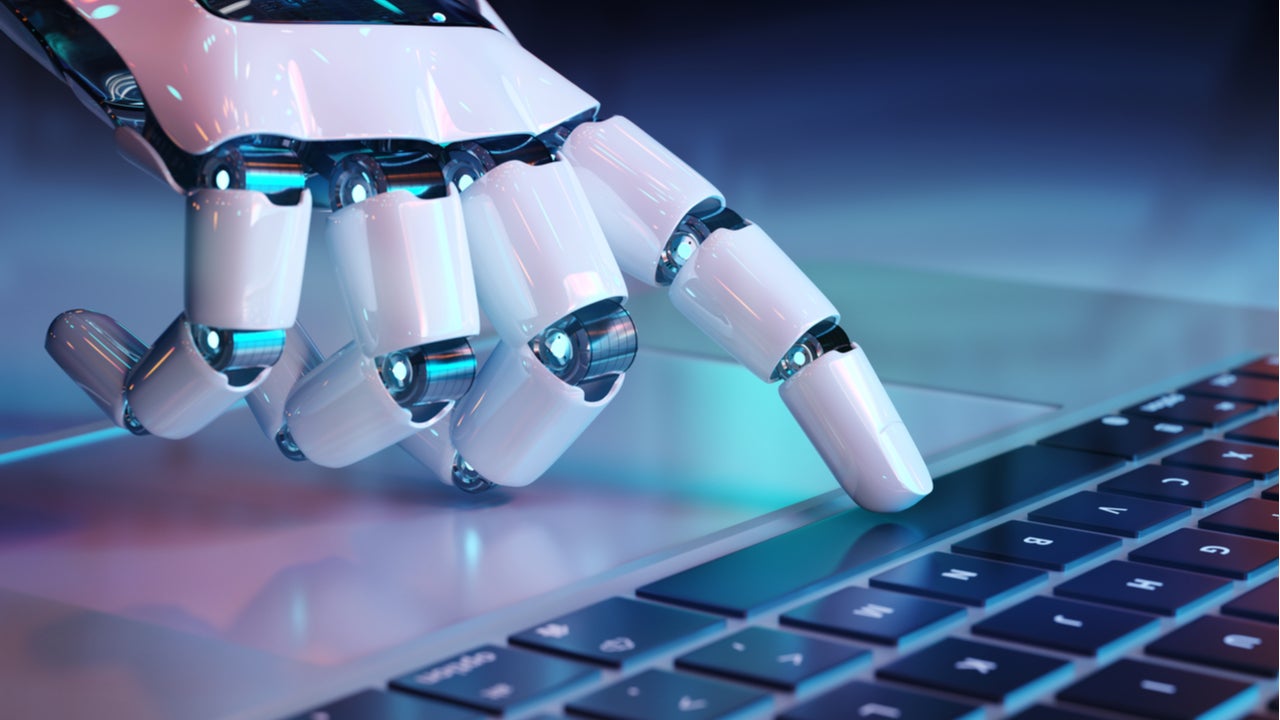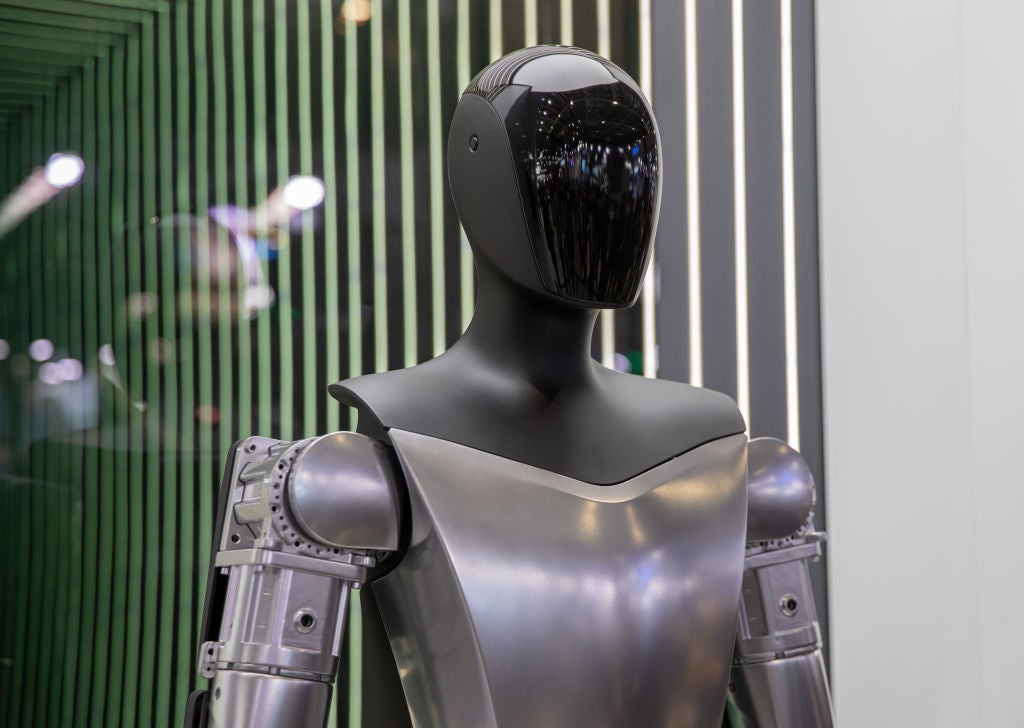
Amazon Web Services (AWS) announced IoT RoboRunner at its flagship re:Invent conference. This will enable robots from multiple suppliers to be connected, slashing the costs of managing a fleet of robots. It will help increase acceptance of open process automation (OPA) and is aimed at industrial enterprise customers; a sector of the robotics industry expected to grow rapidly this decade.
However, Amazon will face greater competition in the robotics as a service (RaaS) industry as technologies, such as embedded neuromorphic processors, develop in the mid-2020s.
What is IoT RoboRunner?
The technology behind IoT RoboRunner has already been used in Amazon’s warehouses. It enables robots from different suppliers to be connected. Software engineers can then build robot applications and optimize robot fleets.
Vitally, the centralized data at its disposal enables adjustments to be made in real time. This will improve a robot fleet’s efficiency and reduce management costs. These are precisely the benefits of automation that manufacturers and logistics companies are hoping for, so RoboRunner will become a popular tool in their arsenal.
AWS response to the evolving world of robotics
This development is part of wider OPA and vendor-neutral trends. OPA allows technology vendors to work collaboratively with various organizations to produce standard architecture that can ease robotic integration, giving rise to vendor-neutral solutions.
This is being made possible by the implementation of cloud connectivity in products from leading robot manufacturers. OPA has yet to gain large-scale traction, but RoboRunner will increase acceptance among technology vendors and end-users alike.
How well do you really know your competitors?
Access the most comprehensive Company Profiles on the market, powered by GlobalData. Save hours of research. Gain competitive edge.

Thank you!
Your download email will arrive shortly
Not ready to buy yet? Download a free sample
We are confident about the unique quality of our Company Profiles. However, we want you to make the most beneficial decision for your business, so we offer a free sample that you can download by submitting the below form
By GlobalDataRoboRunner is Amazon’s response to the evolving world of robotics. The platform will allow any robotics fleet to be easily scaled, and this will prove vital as robot implementation increases. This decade will see companies sourcing robots from a greater variety of suppliers as further use cases develop, and RoboRunner will allow all of these to be connected.
AWS hopes to use its leading position in cloud services to capture more of the robotics as a service (RaaS) market, while further improving Amazon’s logistics and delivery verticals. These ‘multi-robot’ developments are akin to how multi-cloud (the use of more than one cloud services provider) has become an important theme in cloud services. Amazon is looking to enable similar services in robotics hardware.
Potential customers for AWS
The announcement builds on RoboMaker, a cloud-based simulation service that allows users to run simulations without necessarily managing any infrastructure. This attracted big customers in the robotics sector, such as iRobot and Roomie.
However, RoboRunner will target larger industrial enterprise customers who manage robot fleets. This is a clever move, as GlobalData expects the industrial robot’s market to grow rapidly, faster than the service robot’s market, at a CAGR of 38% from 2020 to 2030. Industrial robots are also diversifying use cases and becoming less reliant on a single industry such as automotive, resulting in a larger customer base that Amazon hopes to attract to its expanding robotics ecosystem.
Sources of competition
Unsurprisingly, Amazon is not the only player looking to exploit the benefits of OPA. Accelogix offers warehouse management systems to integrate robots and human workers, while Formant has built a platform to manage heterogeneous robot fleets.
These smaller companies will have to compete with Amazon’s brand awareness and firepower, but this does not automatically guarantee its success. It is a leader now but will need to adapt to emerging technologies.
By the mid-2020s, robotics will start to be transformed by embedded neuromorphic processors and the centralized model of cloud computing will give way to increasingly intercommunicating devices at the edge with their own sensor feeds. Chip companies such as Intel stand to benefit from these developments and Amazon will have to adapt to this new competition in the robotics as a service industry.







Related Company Profiles
iRobot Corp
Amazon Web Services Inc
Amazon.com Inc
Intel Corp